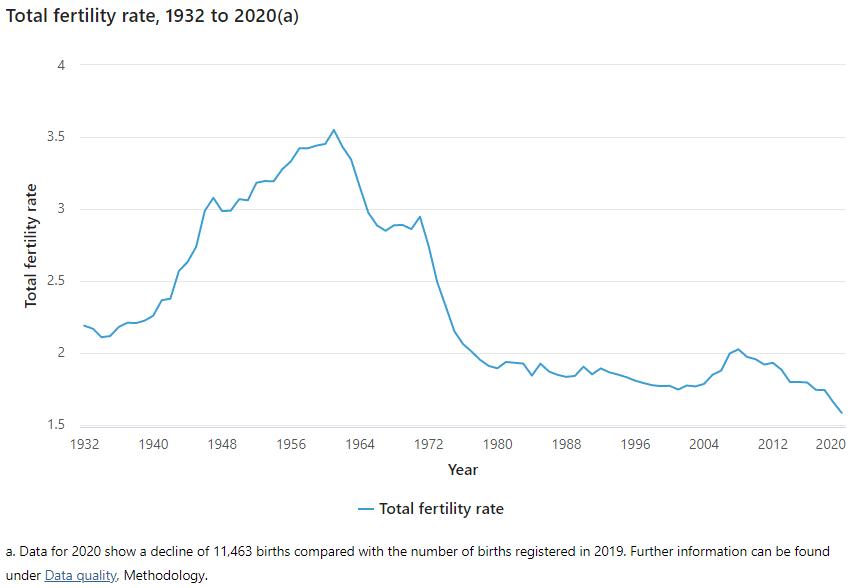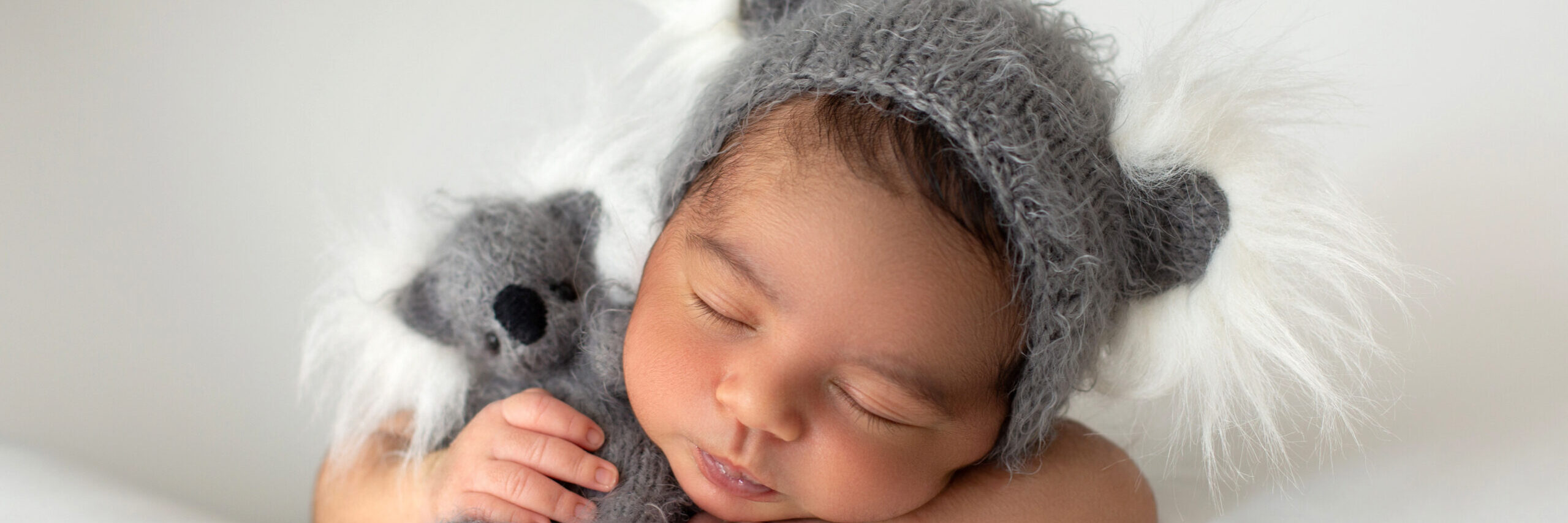The Australian Bureau of Statistics has reported a record-breaking low fertility rate across the country. There were almost 12,000 fewer births in 2020 compared to the previous year.
While much has been debated around the potential for a pandemic baby boom, Australian data suggests the pendulum may have swung the other way. The ABS has released its 2020 birth rate numbers, showing a reduction of 3.7 per cent.
You can have a look at the data for yourself here.
The data
According to the ABS, the total fertility rate among Australians now stands at a record-low of 1.58 babies per woman. Only a decade prior, the rate was 1.95 babies per woman.
In 2020, 294,369 births were registered in Australia. This is the lowest recorded figure in 13 years.
The only Australian regions to record an increased fertility rate were the Northern Territory—at 1.86 babies per woman—and Tasmania—at 1.77 babies per woman. The state of Victoria, which has spent most of the last two years in lockdown, recorded the lowest total fertility rate at 1.43 babies per woman.
The ABS also noted the fertility rate among women in the 15-19 and 20-24 age ranges is dropping.
Women are also having babies later in life than in previous decades, with the median age of mothers in 2020 being 31.6. For men, it was 33.6.

So, what might all this mean?
We may know more in a year’s time, when the 2021 data is released. Still, here’s what this year’s births data might indicate:
For one thing, the rumoured COVID-19 baby boom hasn’t happened—yet. As the world grappled with months-long lockdowns, many suggested it may result in climbing birth rates as people were stuck at home.
On the contrary, the national fertility rate has been on a steady decline since 2008, with this year’s data showing the most dramatic drop in some time. Now at the lowest fertility rate ever recorded, people may be thinking differently about having children and starting families.
Australians are also having babies later in life, on average. The median age for mothers in this year’s data was at its highest ever: 31.6.
The year that recorded the lowest median age for mothers was 1971, with the median age for mothers being 25.44.
Fathers’ ages at the time of entering fatherhood has only been recorded since 1975. However, that data also reflects that men are typically having children later in life than they once did.
Australia was just ahead of the curve in publicly releasing its 2020 data. As more countries begin to rollout their fertility data, a clearer picture of the population in a peri-COVID world may appear.





